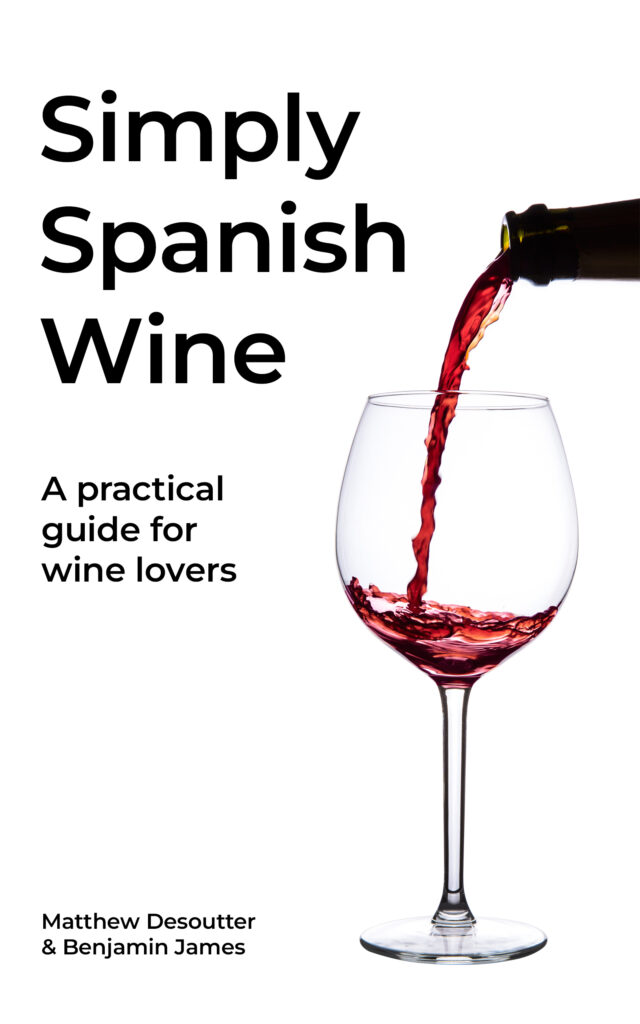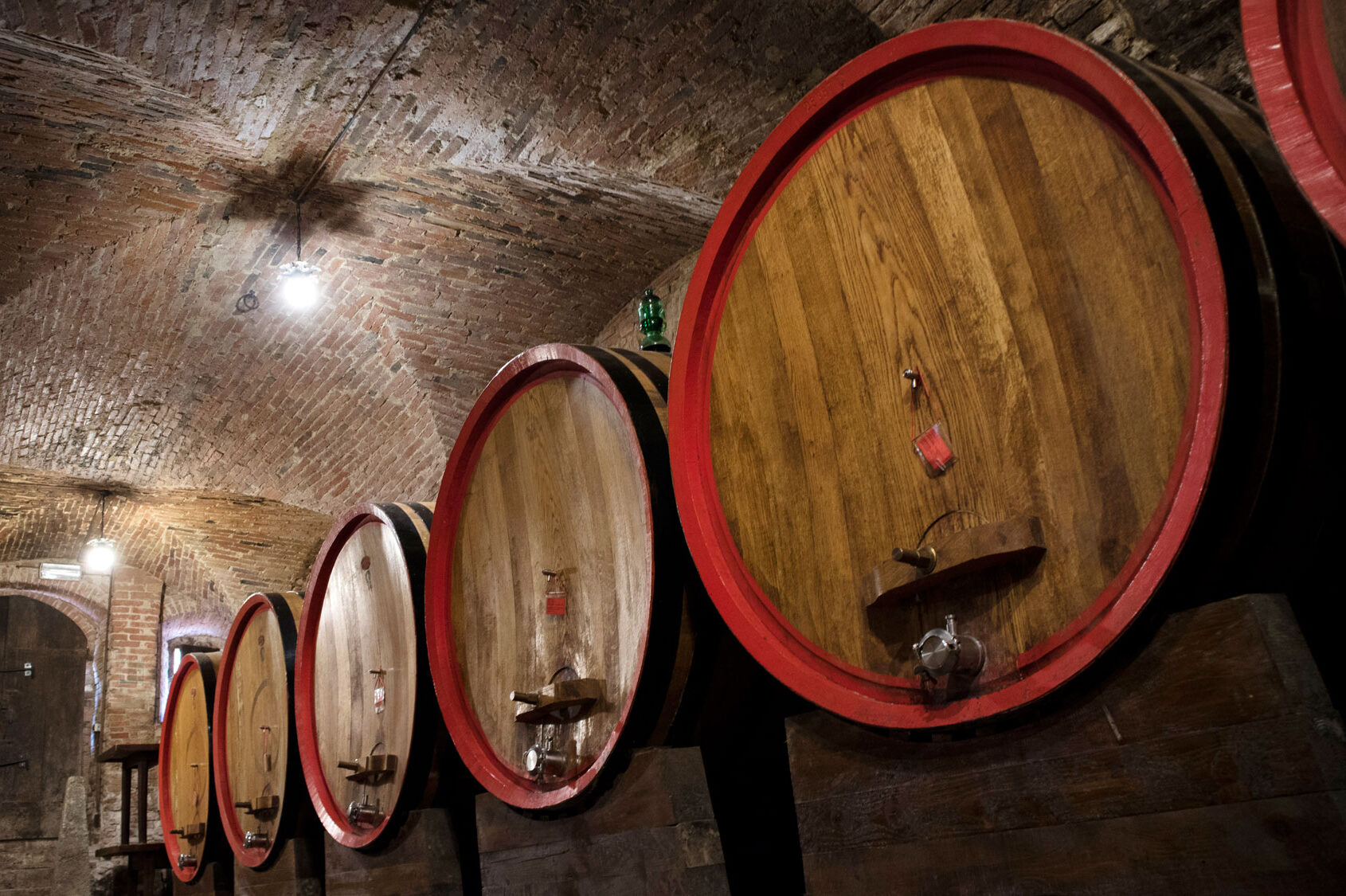I was in La Caníbal – one of my favourite Madrid restaurants – the other night with some friends over from the UK. One of the great things about La Caníbal is they have an amazing wine selection – and quite a few on tap. So you get to try a full range of wines over the course of an evening.
As we worked our way through the list it was interesting to note the difference in preferences between me and my UK friend. I was in my element going from fresh and rustic Rufetes to a light and floral Mencía. But he wasn’t really happy until he had a barrel-aged Ribera del Duero in his hand.
“Now, that’s a proper wine!” he proclaimed as he sipped happily at his glass.
It certainly was a good glass of wine. But it did get me wondering why we so often think of barrel-aged wine as somehow being “proper” whilst young and lighter-bodied wines are almost seen as frivolous.
Ageing certainly adds something to a wine. Wines get their colour and texture from chemical compounds in the grapes called phenolics, which leach out of the skins and seeds during fermentation and start reacting with each other. These little reactions continue throughout the winemaking process and once the wine is bottled and resting. They affect how the wine looks and how it “feels” in the mouth.
While all this is going on, the wine’s aromas and flavours are evolving too. Barrel maturing a wine helps boost the complexity of its aromas and some of the flavours like vanilla or clove from the wood can leach into the wine.
And colour will change – typically from a deeper purple to a lighter brick red and wines that have been aged will tend to feel softer in the mouth, as if some of their sharp edges have been knocked off.
So there is certainly a lot to be said for ageing wine, and you definitely will get a more ‘mature’ finished product.
But not all grapes are suited to ageing. Tempranillo is one of the preferred grapes for Spanish winemakers who want to age their wines. But other grapes have more delicate flavour profiles and putting the wine in a barrel would risk smothering the grapes´ natural characteristics.
So why do we have such a reverence for aged wines? Well, I think it’s partly to do with association. We think of those French and Italian wines that have been lying in cellars for years and sell at exorbitant prices and make the link that ageing = expensive = good. And our experience of Spanish wine will often start with a Rioja – probably the home of barrel-aged wines here in Spain.
But we ignore youth at our peril. Fresh, full-flavoured wines are becoming a hallmark of modern Spain. Wines like Massimo from Atlantic Galician Wineries, or I Tant’s Garnatxa Negra are excellent examples of wines that are fresh, lively and bursting with flavour.
Even Riojan winemakers are changing tack. Our good friend Bryan MacRobert in Rioja has a delicious Tempranillo that has only a touch of barrel contact. He believes the Tempranillo grape has real personality that is too often drowned out by wood, so he keeps the contact to a minimum.
There will always be a time and a place for a full-bodied reserva. But more often than not these days I find myself reaching for something with a bit more youth and vitality.
Maybe it’s just an age thing!

Enjoyed this content?
Then why not get a copy of Simply Spanish Wine: A Practical Guide for Wine Lovers? Available now on Amzaon US, UK, Spain and more.

